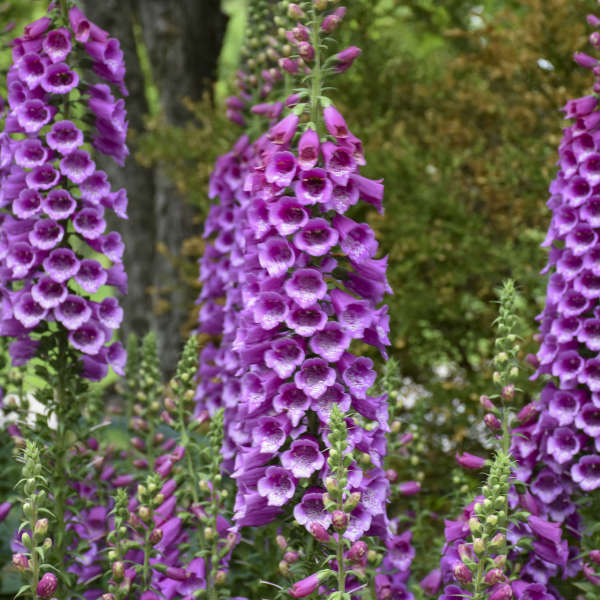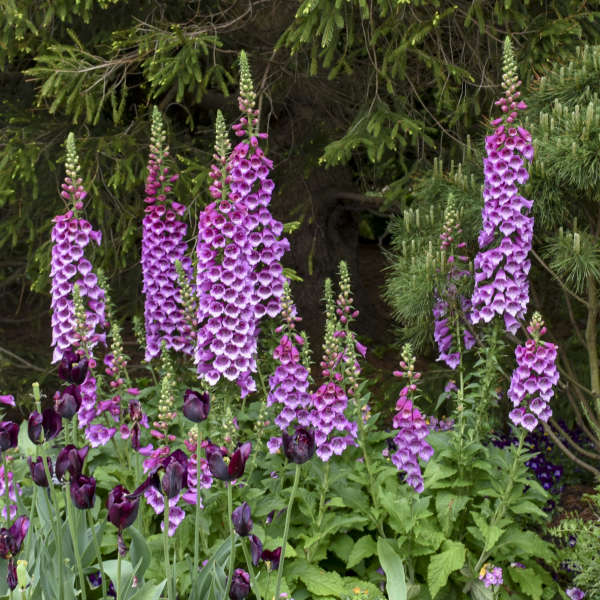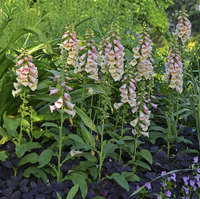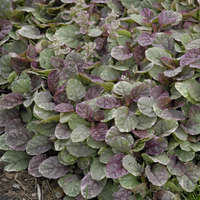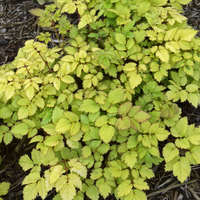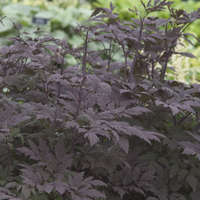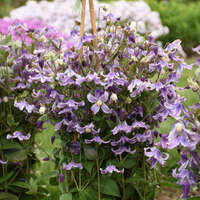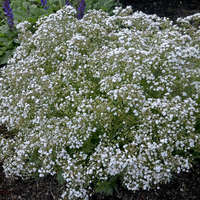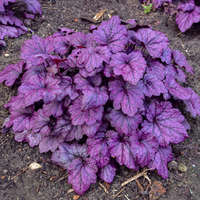Growing Temperature:
60-68°F days
40-45° F nights
Soil PH:
5.8-6.2
EC (What is EC?):
1.0-1.5 pour through method
Fertility:
Foxgloves are moderate to heavy feeders and perform well when constant liquid fertilization programs are used, feeding at rates of 75-100 ppm nitrogen with every irrigation, or using 150-200ppm nitrogen as needed.
For Controlled Release or Slow Release Fertilizer, see your preferred supplier for recommended rates for incorporation or top dressing, as it varies by fertilizer.
Vernalization:
Provide at least 5 weeks of cold treatment below 40° F.
Pests & Diseases:
Foxglove and lily aphids, melon aphids, western flower thrips, mealybug, beetles, stem and bulb nematodes. Japanese beetle, Whitefly.
Crown and root rots, anthracnose, verticillium wilt, viruses, fungal leaf spots, powdery mildew, downy mildew.
Potting & Timing:
Plant in late winter to late spring.
Moisture:
Plants should be kept moist, but not saturated, the entire time they are grown. Proper irrigation management is even more important when they are grown under high light conditions. When irrigation is necessary, water them thoroughly, ensuring that the entire growing medium is wet or nearly saturated. It is best to only allow the growing medium to dry slightly between irrigations.
Planting Level:
Plant plugs even with soil level.
PGRs/Pinching:
When necessary, apply plant growth regulators. A-Rest, B-Nine and Sumagic have been shown to be effective on this genus. Start foliar applications using a local equivalent of the following Northern rates: A-Rest at 25 ppm, B-Nine at 2,500 ppm and Sumagic at 5 ppm; adjusting the rate to your geographic location and season. Two applications seven days apart should provide adequate control.
Lighting:
Grow under high light intensities.
Provide long days to decrease time to flower.
